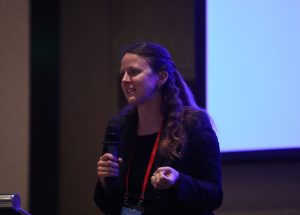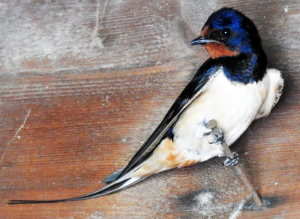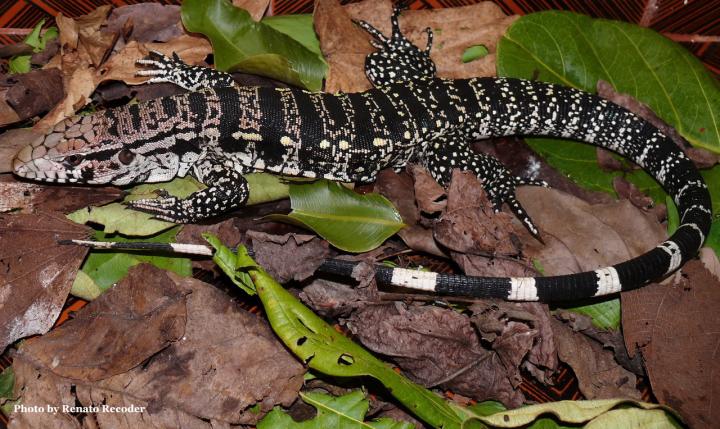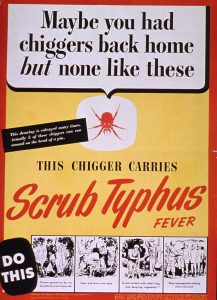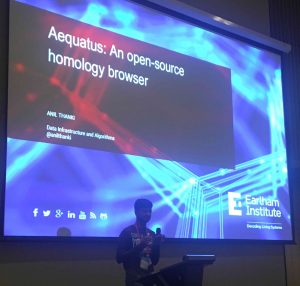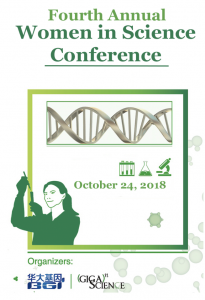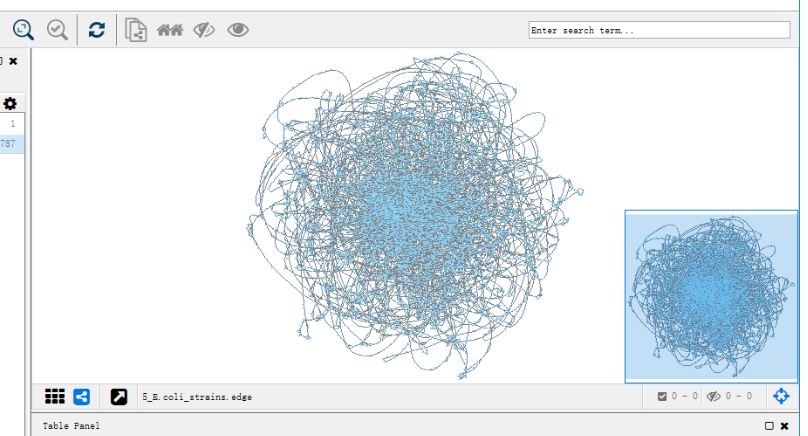
2018 was yet another eventful year at GigaScience . Before most of the editors and data curators take a few days of well-earned break from handling Giga-papers and Giga-data, it’s time to look back over this year’s highlights – of which there are many.

